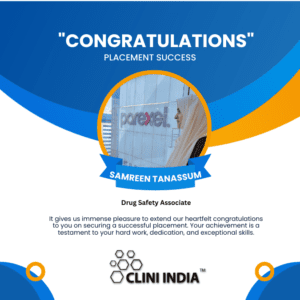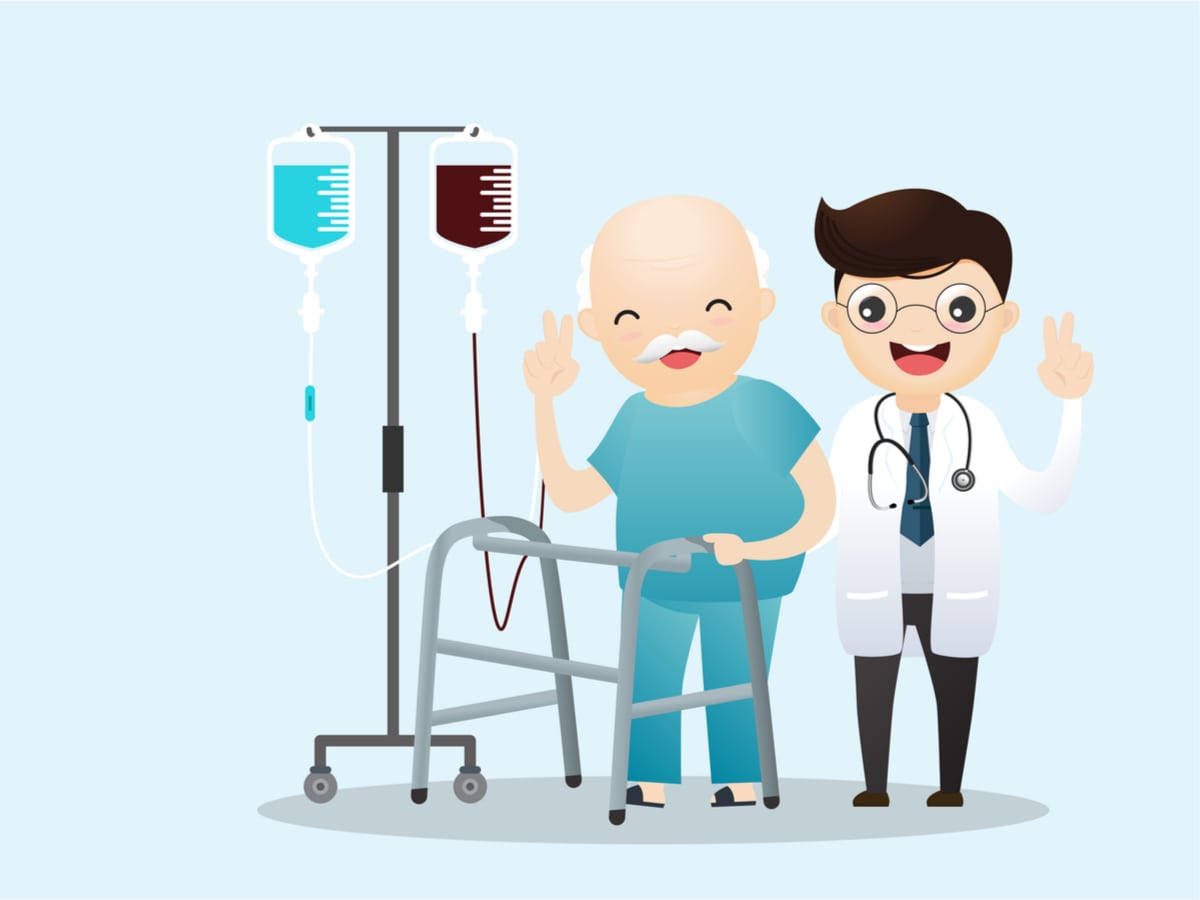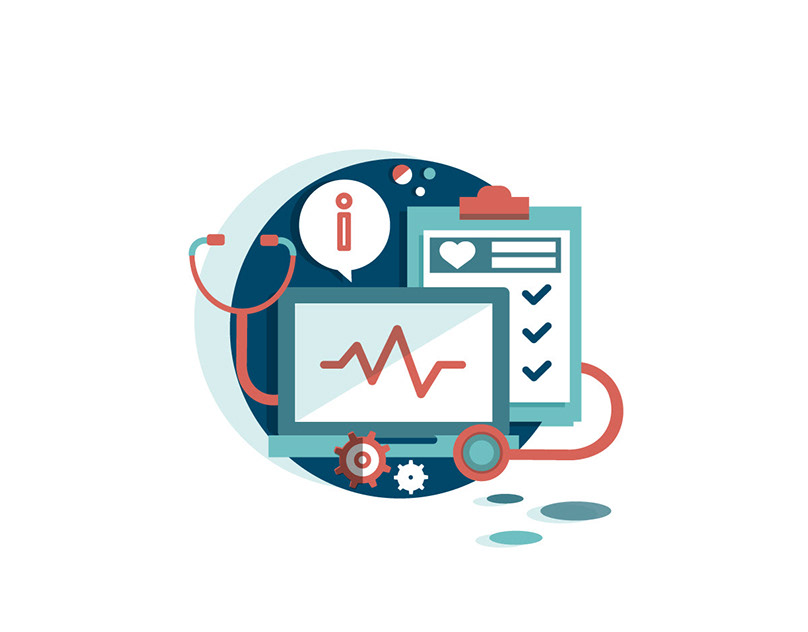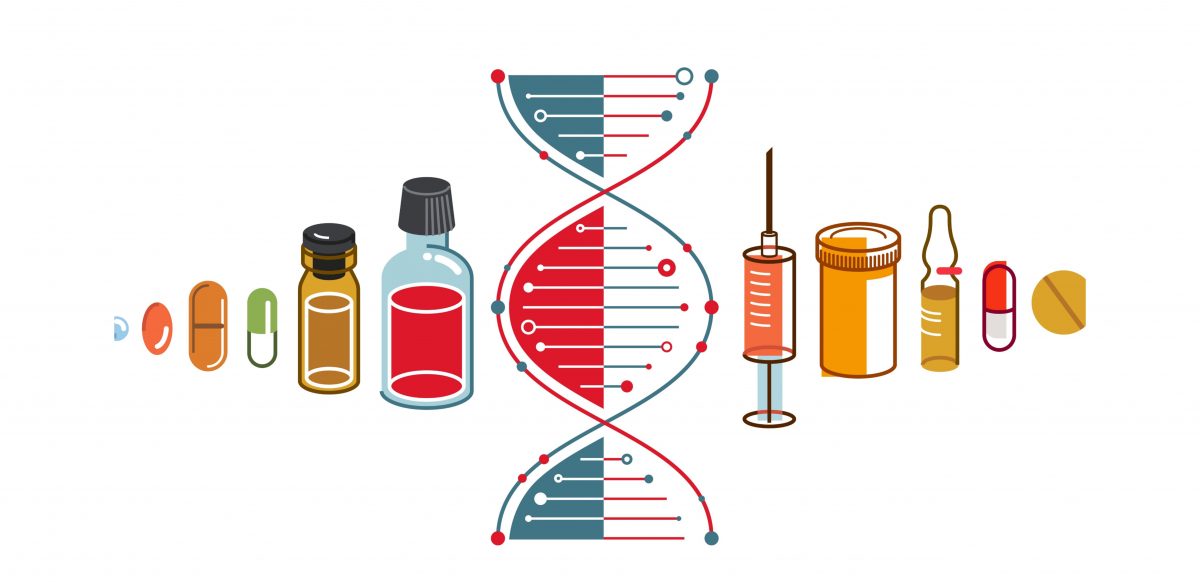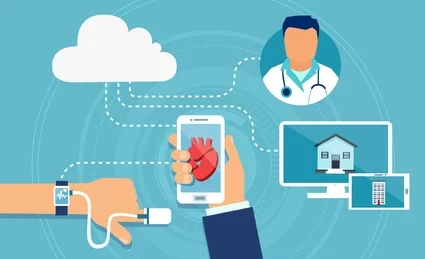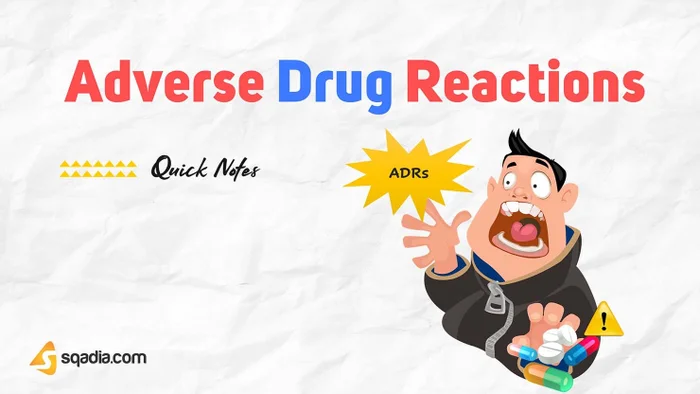
Understanding Adverse Drug Reactions (ADRs)
Adverse Drug Reactions (ADRs) are unintended and harmful effects that occur when a medication is administered at normal doses for treatment, diagnosis, or prevention of a condition. Monitoring and managing ADRs is a critical aspect of pharmacovigilance and patient safety, as these reactions can range from mild discomfort to life-threatening events.
What Are ADRs?
The World Health Organization (WHO) defines ADRs as “a response to a drug which is noxious and unintended, and which occurs at doses normally used in humans.” These reactions differ from side effects, as they are often unexpected and harmful.
ADRs can be classified into two main types:
- Type A (Augmented): Predictable reactions that are dose-dependent and related to the drug’s pharmacological action. Examples include hypoglycemia caused by insulin or bleeding due to anticoagulants.
- Type B (Bizarre): Unpredictable reactions unrelated to the drug’s normal action, often linked to genetic or immunological factors, such as anaphylaxis caused by penicillin.
Common Causes of ADRs
Several factors can increase the risk of ADRs, including:
- Polypharmacy: The use of multiple medications increases the likelihood of drug interactions and ADRs.
- Patient-Specific Factors: Age (e.g., elderly or pediatric populations), genetic predispositions, and comorbidities can influence drug response.
- Medication Errors: Incorrect dosages, wrong routes of administration, or prescribing inappropriate drugs can lead to ADRs.
- Drug-Drug Interactions: Concurrent use of medications may enhance or inhibit drug effects, leading to adverse outcomes.
Impact of ADRs
- Health Consequences: ADRs can lead to hospitalization, disability, or even death in severe cases.
- Economic Burden: The costs of managing ADR-related hospital admissions and treatments place a significant strain on healthcare systems.
- Reduced Adherence: Patients who experience ADRs may discontinue their medication, compromising treatment outcomes.
Preventing and Managing ADRs
Effective strategies for minimizing ADRs include:
- Patient Education: Informing patients about potential ADRs and the importance of adherence to prescribed doses.
- Medication Review: Regularly assessing medication regimens, especially in patients on multiple drugs.
- Pharmacogenomics: Using genetic testing to identify individuals at risk of specific ADRs.
- Healthcare Professional Training: Equipping healthcare providers with the skills to recognize, report, and manage ADRs.
Role of ADR Reporting
Timely reporting of ADRs is vital for improving drug safety. Healthcare professionals and patients can report ADRs through systems like:
- WHO’s Vigibase
- FDA MedWatch
- Pharmaceutical company reporting channels
Conclusion
Adverse Drug Reactions are a significant public health concern that requires ongoing vigilance and collaboration among patients, healthcare providers, and regulatory bodies. By understanding, preventing, and managing ADRs, we can enhance medication safety and protect public health.








































